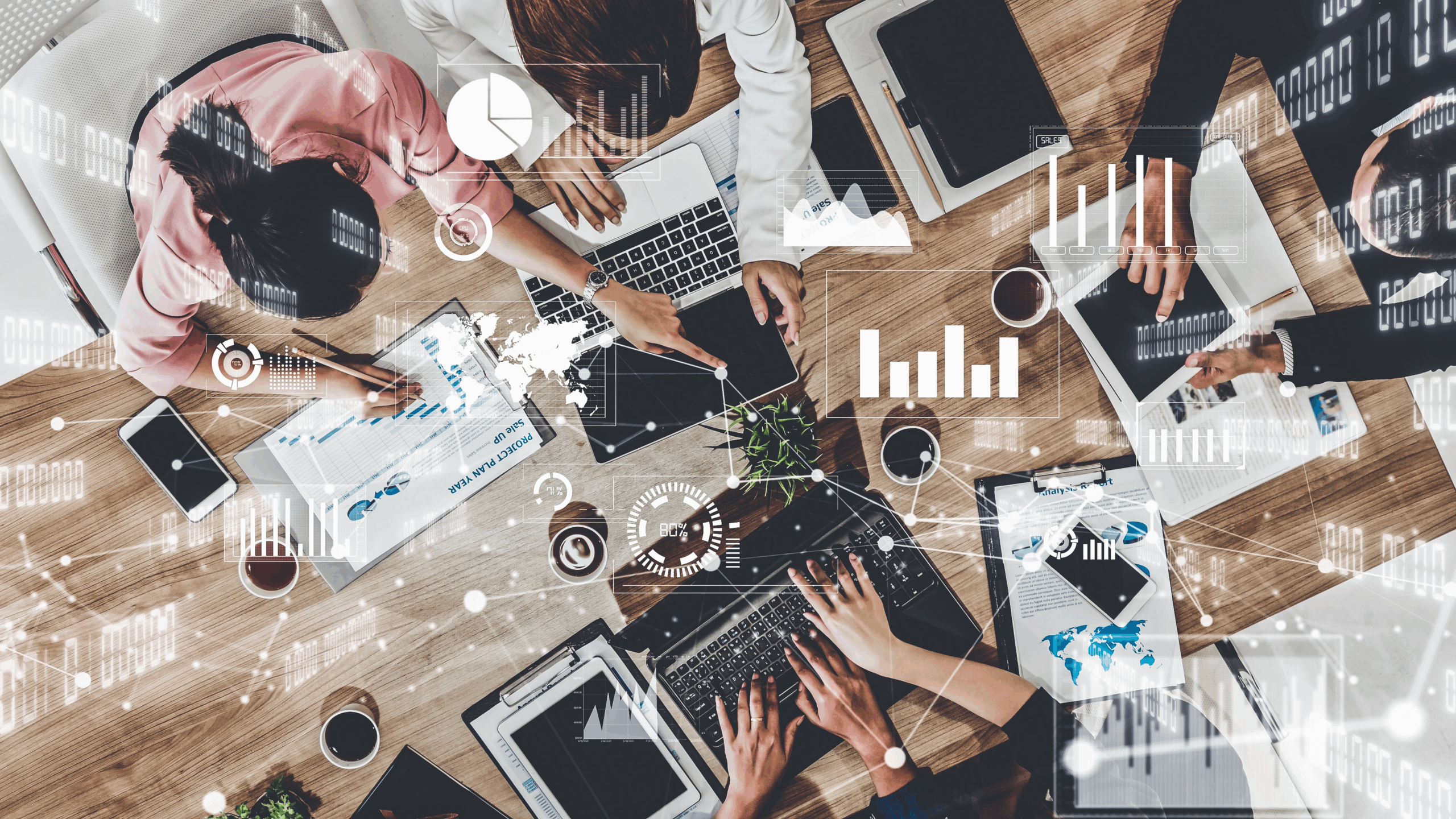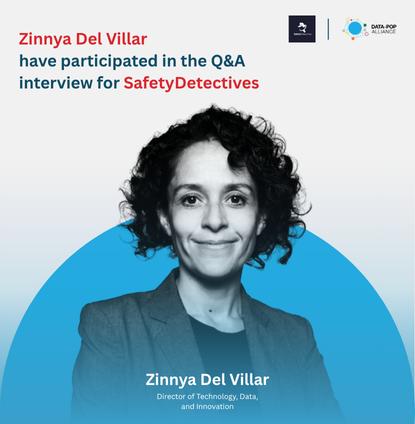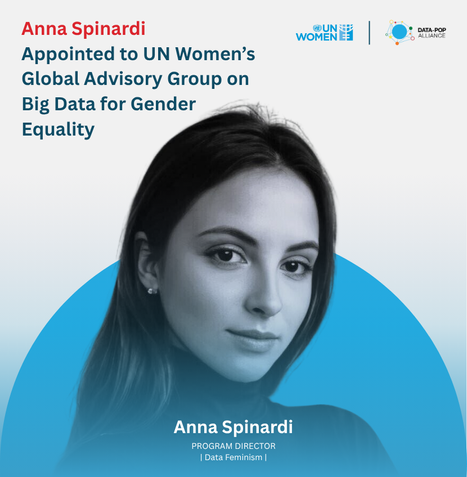LINKS WE LIKE #35
Financial inclusion, or access to formal financial services, (such as bank accounts, credit, and loans) is one of the most valuable tools for breaking cycles of poverty. Unfortunately, an estimated 1.7 billion people worldwide remain “unbanked”, or lacking access to these services; half of which live in just 7 middle-income countries: Bangladesh, China, India, Indonesia, Mexico, Nigeria, and Pakistan. This situation hinders upward financial mobility for those already in a position of financial vulnerability (especially in developing economies and rural areas). Fortunately, new technologies, including AI and blockchain, are providing new and innovative solutions in increasing access to formal finance.
What are the technologies?
Blockchain systems can provide transparency and data aggregation to banks’ databases, allowing clients to establish loan conditions and process their requests into contracts that are then saved on-chain. AI can also be leveraged in the banking sector in two important ways: first, to gain insights and make predictions on market conditions and customers’ needs and risk profiles; and second, to enable technologies that allow users to access financial services remotely and effortlessly. As part of the first application of AI, many financial institutions have adopted this technology to strengthen and simplify operations, including model creation for customer and market analysis, such as capital optimization, risk management, stress testing, and impact analysis. Additionally, AI can provide constant real-time analytics and monitoring of banking systems and send out immediate alerts if unusual activity is detected, thereby helping to prevent security breaches. Regarding the second application, AI has aided in the development of chat boxes, which allow banks to offer 24/7 financial guidance and connect those living in remote areas to their financial institutions (even if there is no banking branch nearby). Through these communications channels, banks have also been able to provide more detailed information to their users on financial health and how different services function. These initiatives are transforming the financial sector by providing more user-friendly services and also helping increase access to banking and financial services for the unbanked.
How are they being implemented?
Examples of this technological progress abound around the globe and include Nigeria’s United Bank for Africa (UBA) banking chatbot, called Leo, which helps customers conduct various transactions without having to physically go to a bank branch. In Mexico, a platform called Konfio gives loan disbursements to small-and medium-sized enterprises within 24 hours and allows the applicant to see if they are eligible for the loan (and amount) in only 7 minutes. The technology this company uses to provide such quick and accurate responses is artificial intelligence, which allows the system to predict the client’s payment capacity and subsequently make an offer that suits their company. In Southeast Asia, an online marketplace for lending (P2P lending) and investments (crowdfunding), called Crowdo, utilizes an AI-driven due diligence system to give borrowers unable to receive a loan from traditional banks an equal opportunity to raise funds.
What are the risks?
Although there are many different initiatives currently being used or developed (including those mentioned above), it is important to keep in mind that AI technologies are also susceptible to human biases if not carefully deployed. AI applied to the finance sector can present privacy issues and even discrimination if algorithms are not implemented with sufficient care. To counter these potential risks, various initiatives such as Women’s World Banking, Artificial Intelligence/Machine Learning Risk & Security, or AIRS. and the Center for Financial Inclusion are working hard to identify potential risks and biases, spread awareness, and develop mitigation strategies to ensure that AI-based tools produce more equitable outcomes.
Join us in this edition of Links We Like as we explore how new digital technologies are being used to increase financial inclusion.
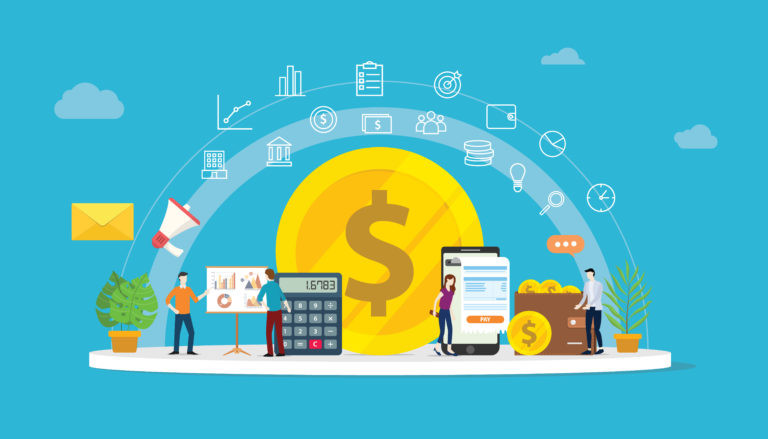
In this episode of the DataFramed podcast, Vishnu V Ram, VP of Data Science and Engineering at Credit Karma speaks about “Providing Financial Inclusion with Data Science.” The company, which has over 170 million users, states its mission as using data to democratize financial information to allow users to make healthy financial decisions. Mr. Ram explains various use cases in which data science technologies, including machine learning, are leveraged to allow users more certainty as to their chances of being approved for various financial products. Moving beyond this, the service also provides recommendations, based on users’ credit data, as to which products would be most beneficial to them. This is especially useful for lower-income populations who often have stressful and unproductive encounters with financial institutions. Overall, this podcast episode provides an insightful overview of how data and machine and deep learning models are influencing FinTech and changing users’ experiences with the financial sector, as well as what the future might hold as these technologies advance.
The Bill and Melinda Gates Foundation report on “The Impacts of Digital Financial Services on Women’s Economic Empowerment” provides evidence from several countries that access to Digital Financial Services (DFS) promotes women’s economic empowerment. The main points covered include increasing women’s bargaining power within households and more decision-making power in terms of money management and purchasing choices. DFS can also expand women’s networks and enhance access to capital during emergencies. The report suggests that DFS access increases consumption among women, enables women to shift to higher productivity occupations, and allows for more women to join the workforce. Evidence from Kenya shows that 8 years after DFS implementation, the share of female-headed households living in extreme poverty decreased by 21%. In India, the report highlights that DFS improves women’s labor force participation, especially for those whose husbands had constrained their ability to work. The report also points out how DFS catalyzes and influences other aspects of women’s economic empowerment, such as facilitating subsidized microcredit, and access to agricultural inputs, information, and digital networks. This insightful article provides an in-depth analysis of the benefits of DFS, how it works and areas for future research.
Refugees are some of the most financially excluded populations in the world. This is often the result of the act of seeking refuge, which doesn’t leave time (or ability) to collect all of the documents that “make a life”, including formal identification, financial history, medical records and everything else that is needed to participate in the modern global economy. This lack of verifiable personal information can therefore compound the trauma of refugee life. But what if there is a way to solve this problem? In this powerful TedTalk, former Somali refugee Hasme Warfa speaks to his experience with this very subject during his time in a Kenyan refugee camp. He goes on to highlight the role that blockchain can play in connecting not only refugees, but also those currently living in extreme poverty, to the global financial system. Doing so can help to both enhance livelihoods and also to restore the dignity and sense of self so often lost when people are forced to flee their countries.
With over 214 million mobile downloads, representing about 30% of Southeast Asia’s population, the Thai-based app Grab has become a beacon of technological innovation that provides inclusive financial solutions for the unbanked in the region. By creating alliances with many banking institutions, the Grab app allows its users to find an easier way to access digital payments and financial services, which in turn helps them improve their livelihoods. Grab offers a variety of financial services, including personal loans, hire purchase loans for their driver-partners, and small-and-medium-sized enterprise financing to all merchant-partners. The app has grown impressively in the region and is the only company that has access to e-money licenses in the six major economies of the ASEAN block (Indonesia, Malaysia, the Philippines, Singapore, Thailand, and Vietnam), and has facilitated the opening of over 1 million bank accounts. Through these services, the company is fulfilling its purpose by ensuring that everyone, regardless of their financial or social status, can access income-generating opportunities through their platform.
Women make up the majority of the world’s unbanked population, numbering over a billion without access to formal financial services. This lack of access translates into the inability to protect money by opening savings and checking accounts or to utilize services such as loans, credit, and insurance. While the need to connect the “unbanked” to banking services is clear (and aided by a variety of technologies, including AI and blockchain), there is also a need to recognize the gendered differences that are inhibiting access. For women, this often includes a lack of formal legal identity (the subject of SDG goal 16.9). This article explores how organizations, including Women’s World Banking, are working to provide women with access to both digital IDs and financial services, to ensure that they are not left behind by the FinTech revolution.
Blockchain opens many new opportunities for businesses, including a better system for asset management, more efficient payments, and more accurate data security measures. According to a Deloitte study, analysts project that, by 2022, blockchain can save $15–20 billion annually in the financial services industry. Another source shows that between 2013 and 2016, non-currency assets using blockchain have grown 16-fold (to $1.6 billion). These indicators reveal that financial systems that utilize blockchain technology have a higher return on investment, evidenced by a cost reduction ranging from 1 to 3 percent when compared to those using traditional payment methods. Blockchain technology enables direct trading and settlements across boundaries, while also reducing cost and increasing data accuracy. FundsDLT, a blockchain-powered funds distribution platform, is a great example of blockchain technology intervention in the asset management industry. Additionally, blockchain has also immense potentional to curb cybercrimes, terrorism, and money laundering.
Further Afield
What role does AI play in Financial inclusion?
- Risks, harms and opportunities in data-driven technology for financial inclusion
- Banking for all: Can AI improve financial inclusion?
- The Role of Artificial Intelligence in Promoting Financial Inclusion in Developing Countries
- Podcast: The History of Financial Inclusion
- Socially responsible banking: A digital path to financial inclusion
- How to harness AI and data portability for greater financial inclusion
- AI: A game-changer for financial inclusion
- Industry 4.0 in Finance: The Impact of Artificial Intelligence (AI) on Digital Financial Inclusion
- Increasing Financial Inclusion through AI and data portability
- #73 Scaling AI Adoption in Financial Services
- The Use Of Artificial Intelligence And Alternative Data In Financial Services: Force For Inclusion?
- Artificial Intelligence in Financial Services: Applications and benefits of AI in finance
Emerging uses of AI in the Financial sector
- 4 Emerging Technologies in the Financial Services Industry: Which Solutions Are You Taking Advantage of?
- AI in finance
- What new financial technologies emerged during the pandemic?
- Seven technologies shaping the future of fintech
- 17 Fintech Trends You Should Know About: The Ultimate Guide
- Data science and AI in FinTech: an overview
- Blockchain and other emerging technologies for financial services
- The Growing Impact of AI in Financial Services: Six Examples
Blockchain for Financial inclusion
- Leveraging Blockchain for Financial Inclusion
- BlockChain and Financial Inclusion: The Role Blockchain Technology can play in accelerating Financial Inclusion
- Blockchain: the potential to unlock financial inclusion
- Impact of Block-Chain Technology on Financial Services
- Blockchain for Financial Inclusion and Mobile Financial Services
- The Danger Of Not Understanding Blockchain And Its Impact
Examples of AI for Financial Inclusion
- Accelerating financial inclusion in India
- Finclusion raises $20M to build out credit-led neobank offering across Africa
- African SMEs need credit: FinTech to the rescue?
- Inside the Jordan refugee camp that runs on blockchain
- CARE tests cryptocurrency vouchers for aid delivery in Kenya, Ecuador
- Digital Identification and Finance Initiative in Africa (DigiFI Africa)
- Women’s Digital Financial Inclusion in Africa
- Women’s World Banking – Making Data Work for Women: Innovative AI for Women’s Financial Inclusion

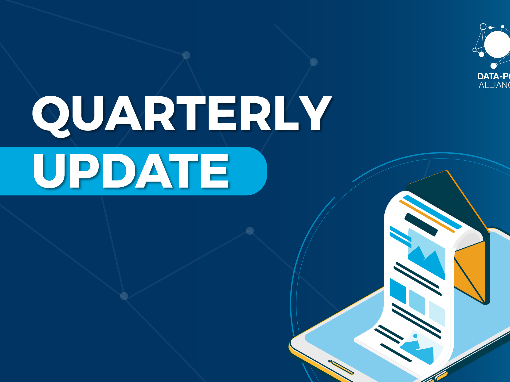
![M002 - Feature Blog Post [WEB]](https://datapopalliance.org/wp-content/uploads/2025/10/M002-Feature-Blog-Post-WEB.png)


